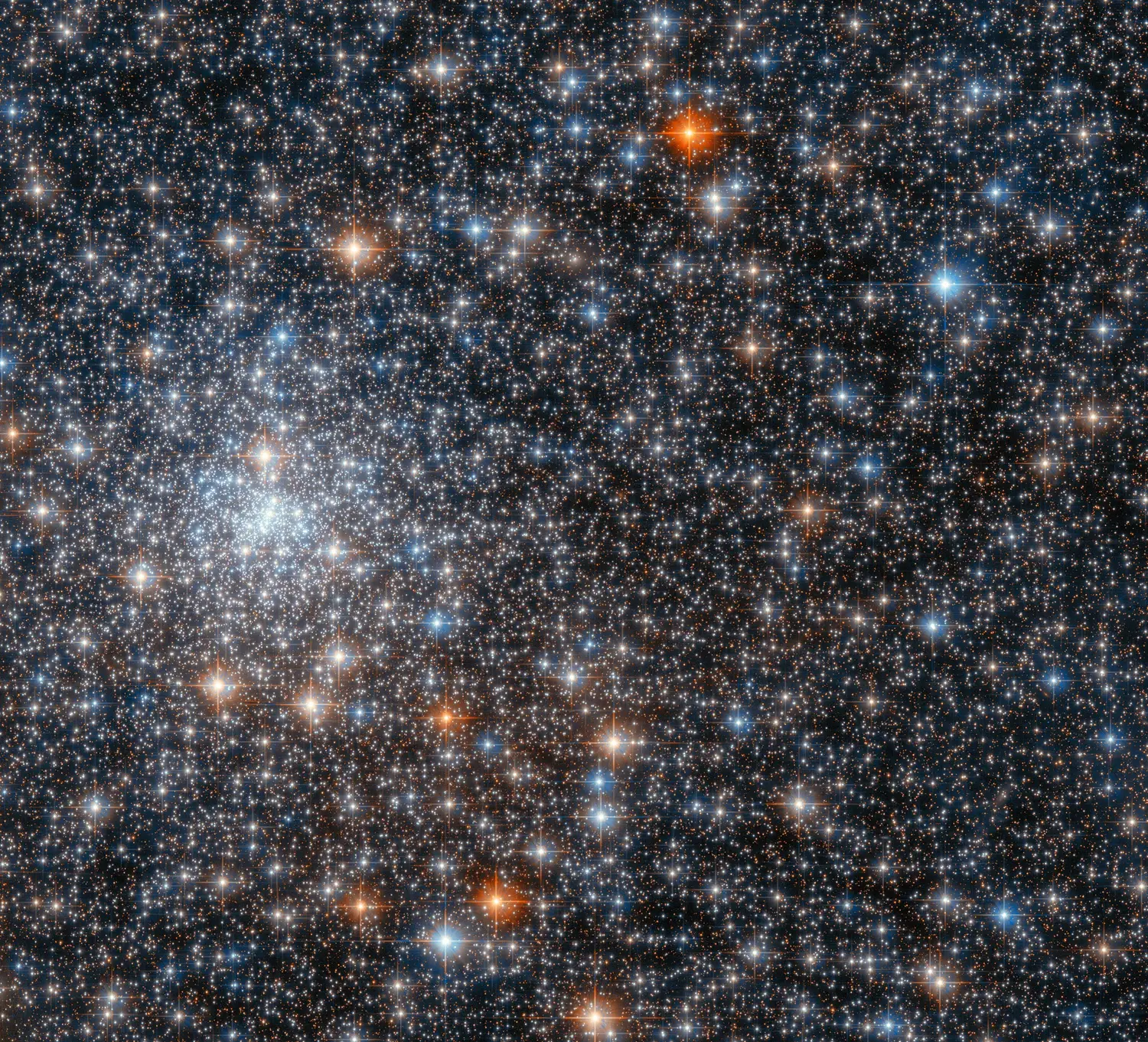The glittering cluster in the figure below is globular cluster NGC 6558, which was photographed by the advanced observation camera of NASA / ESA Hubble Space Telescope NGC 6558 is located about 23000 light-years away in the constellation Sagittarius, closer to the center of the Milky Way Galaxy than Earth.

NGC 6558 is a dense collection of tens of thousands to millions of stars, which can be found in a wide range of galaxies. As this observation shows, the stars in globular clusters can be said to be dense; This picture is full of stars in different colors. Some of the brightest inhabitants of the globular cluster are surrounded by prominent diffraction spikes, an imaging illusion caused by the interaction between starlight and Hubble's internal operations.
Globular clusters provide astronomers with an interesting natural laboratory to test their theories, because all stars in globular clusters form at about the same time and have similar initial components. Therefore, these star clusters provide unique insights into how different stars evolve under similar conditions.
This image comes from a group of observations investigating globular clusters inside the Milky Way galaxy. Astronomers are interested in studying these globular clusters in order to have a deeper understanding of how globular clusters form and evolve within the Milky Way galaxy.